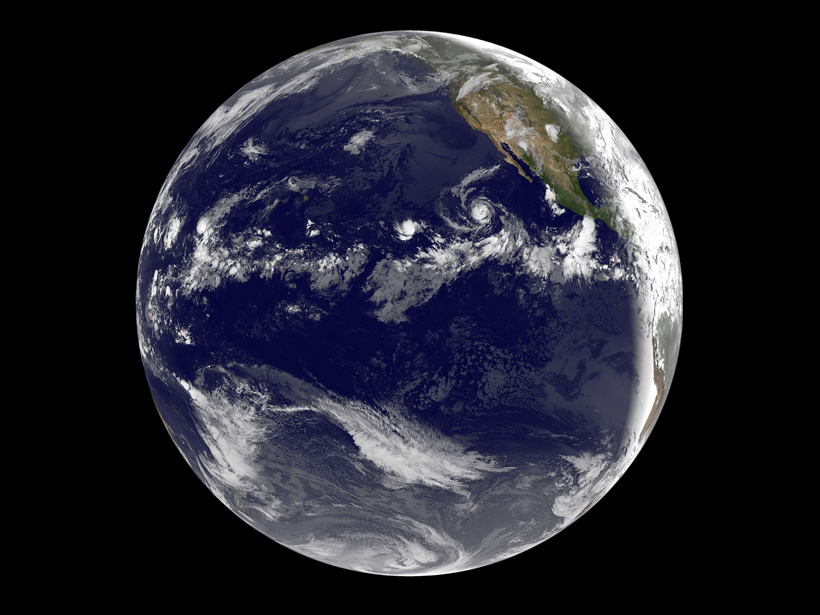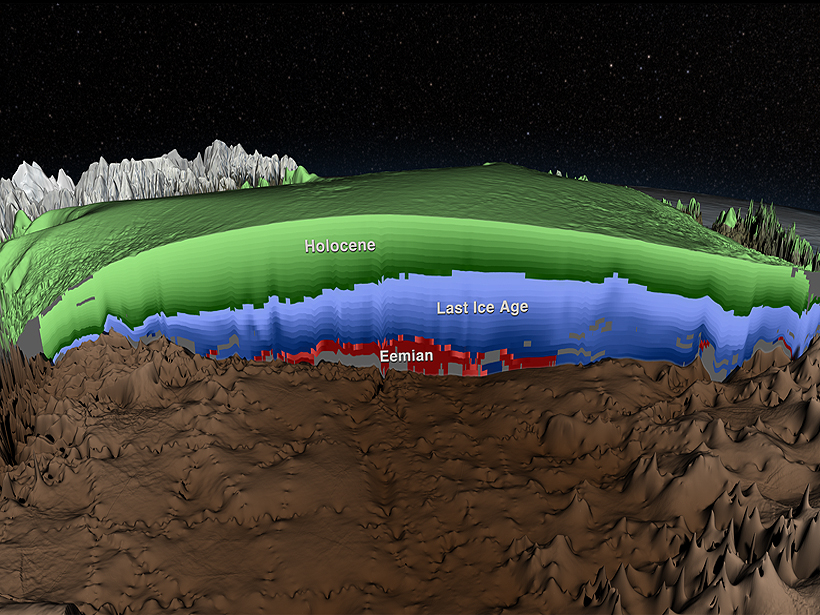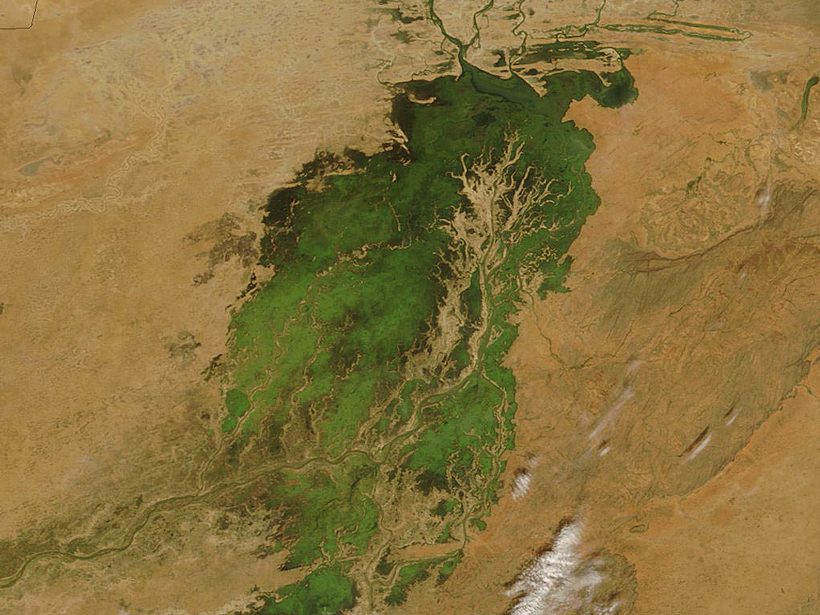Challenges in predicting and simulating the Madden-Julian Oscillation indicate a lack of understanding of the atmospheric circulation pattern's fundamental physics.
Terri Cook
Terri Cook is an award-winning freelance writer whose career has focused on exploring and explaining the 4.5-billion-year-history of the remarkable planet we live on. Cook, who has an M.S. degree in Earth science from the University of California, Santa Cruz, writes about geology, ecology, and the environment—as well as wine, tea, hiking, and biking—for a diverse group of publications, including Eos, Scientific American, NOVA Next, Science News, and EARTH magazine, as well as Avalon Travel and numerous other travel-related publications. Her reporting has taken her to 25 states and 20 countries scattered across 5 continents, from the depths of the Grand Canyon to the sandy Australian Outback to the mist-shrouded summit of Bali’s Mount Batur. As the coauthor of three popular guidebooks, including Hiking the Grand Canyon’s Geology and Geology Underfoot Along Colorado’s Front Range, Cook gives frequent presentations about geology and science communication. She is the recipient of a 2016 European Geosciences Union Science Journalism Fellowship and is based in beautiful Boulder, Colo.
Largest Grains Dominate River Bedrock Erosion Rates
The effect of particle size on bedrock erosion rates adds complexity to modeling bedrock channel evolution.
Ice-Penetrating Radar Reveals Age of Greenland Ice Sheet Layers
First comprehensive analysis of deep radar data gives insight into the dynamics and history of the Greenland Ice Sheet.
Amazon Rain Forest Nourished by African Dust
New satellite data highlight the important role African dust plays in maintaining the rain forest's long-term health.
Satellite Measurements May Help Real-Time Water Management
Upper Niger River study shows that satellite altimetry could help resource managers optimize reservoir releases even on ungauged rivers.





